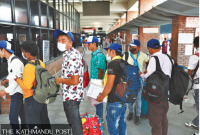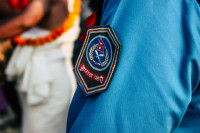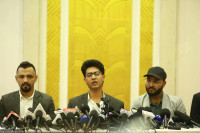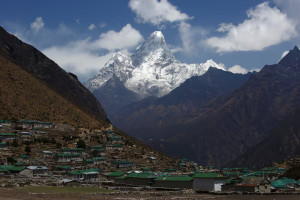National
In a fix
One bright spot in Nepal’s politics in recent times has been the coming together of six Madhesi parties to form the Rastriya Janata Party-Nepal (RJP-N).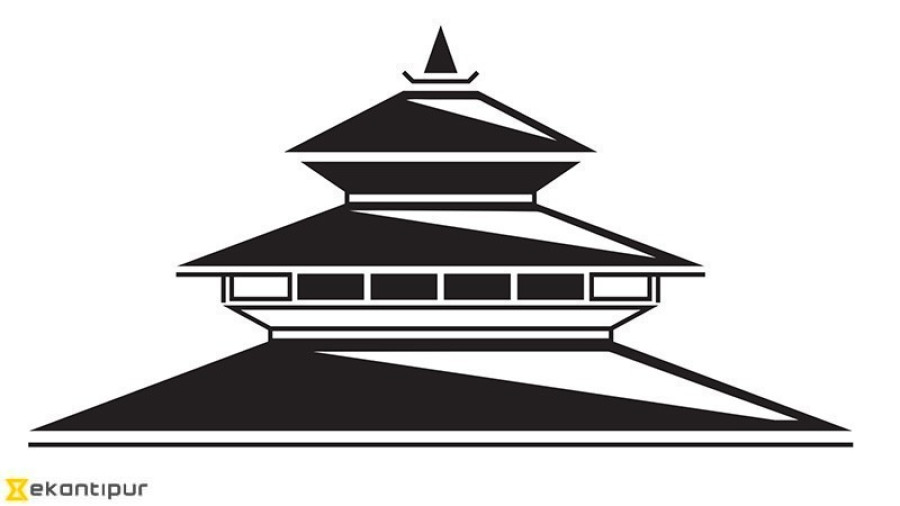
One bright spot in Nepal’s politics in recent times has been the coming together of six Madhesi parties to form the Rastriya Janata Party-Nepal (RJP-N).
They have been so fragmented since the 2013 elections that a regular lament one hears from the average Madhesi voters is that they cannot tell how one Madhesi leader is different from another.
This is a far cry from the first Constituent Assembly elections in 2008 when the Madhesi Janadhikar Fourm (MJF) and the Tarai Madhes Loktrantrik Party (TMLP) emerged as strong forces that seemed committed to defending the Madhesi interests.
The Madhes Andolan was still fresh in the popular imagination and the angry voters saw the new Madhesi parties as vanguards in their fight against the historically rooted discrimination against the minorities.
Turn the clock forward to 2017 local elections. The constitution was promulgated in September 2015 by a big majority, with a firm commitment to a federal democratic republic.
We have pointed out here our reservations over certain provisions in the constitution, and we have called on the parties, particularly the KP Oli-headed CPN-UML, to be part of the amendment process in order to accommodate a broad section of the society in the election process. Indeed, local polls are important for a number of reasons, but none more so than the fact that they will help institutionalise the gains of the 2006 popular movement.
That’s why we have called on the RJP-N to be a part of the election process despite our reservations about the major parties.
A party that come into existence only weeks ago, RJP-N now is deeply fragmented and not everyone in the party is happy about its official position to boycott the polls on Wednesday. Many in the party, including its General Secretary Brajesh Kumar Gupta, feel that the RJP-N risks irrelevance if it stays out of the electoral process.
An absence at the local level means an absence of its agenda in grassroots politics. This, according to this school of thought, will only provide parties like the UML further elbow room to establish their brand of exclusionary politics at the village and municipal levels.
A much better approach, as they say, would have been to coalesce at the local level and safeguard the RJP-N’s political space. Whatever number of seats the party wins, that will at least help it to establish a base at the local level and will boost its electoral strength when it contests provincial and parliamentary elections. That would have been a wiser approach.
No wonder then that despite the RJP-N’s official position to stay away from the polls this week, many of its members have decided to register themselves as independent candidates. In the districts of Kapilvastu and Rupandehi in western Tarai, for example, scores have defied the party leadership, and many of them are actually expected to win.
The RJP-N should see this constituency as an indicator of the people’s desire to both contest and vote in the elections that are taking place after 20 long years.




 17.12°C Kathmandu
17.12°C Kathmandu